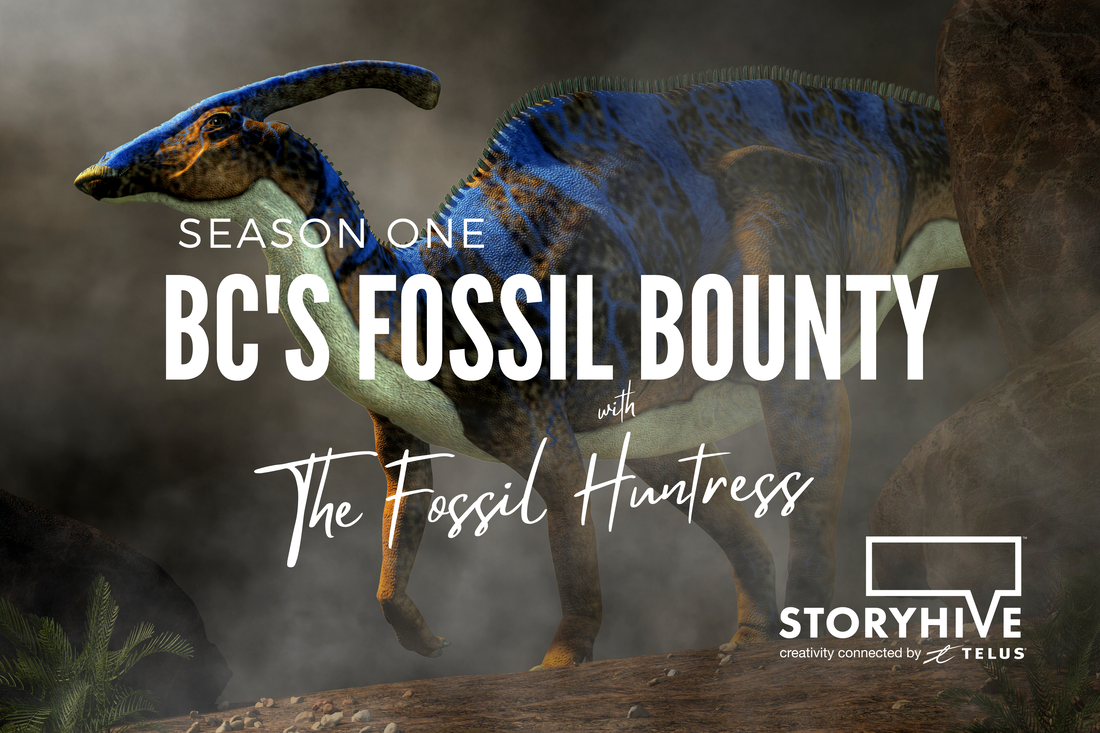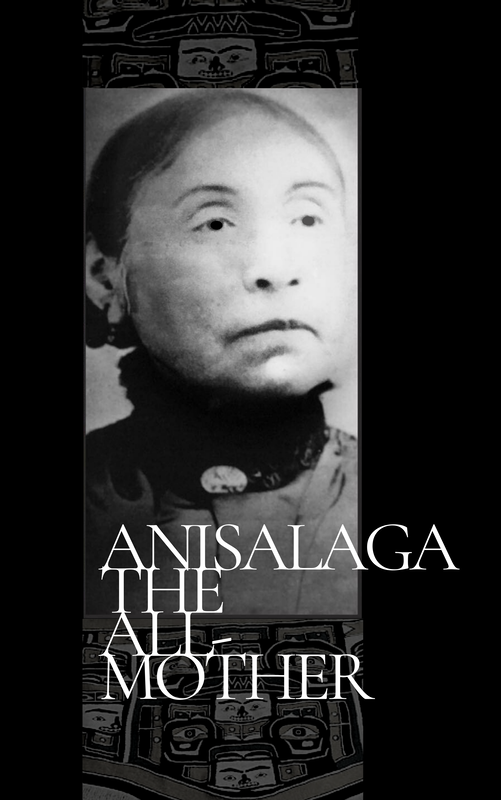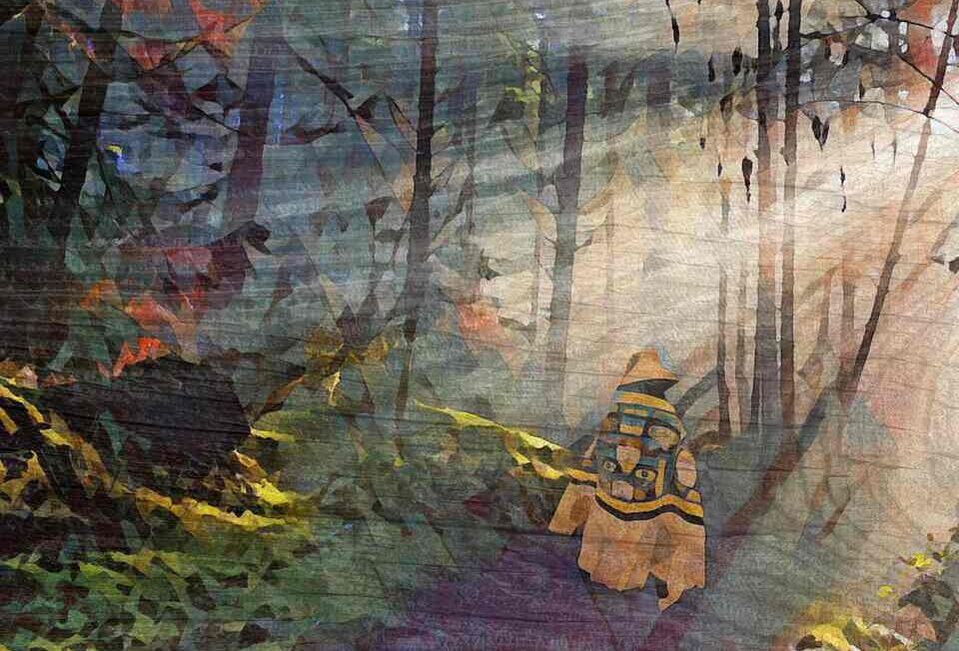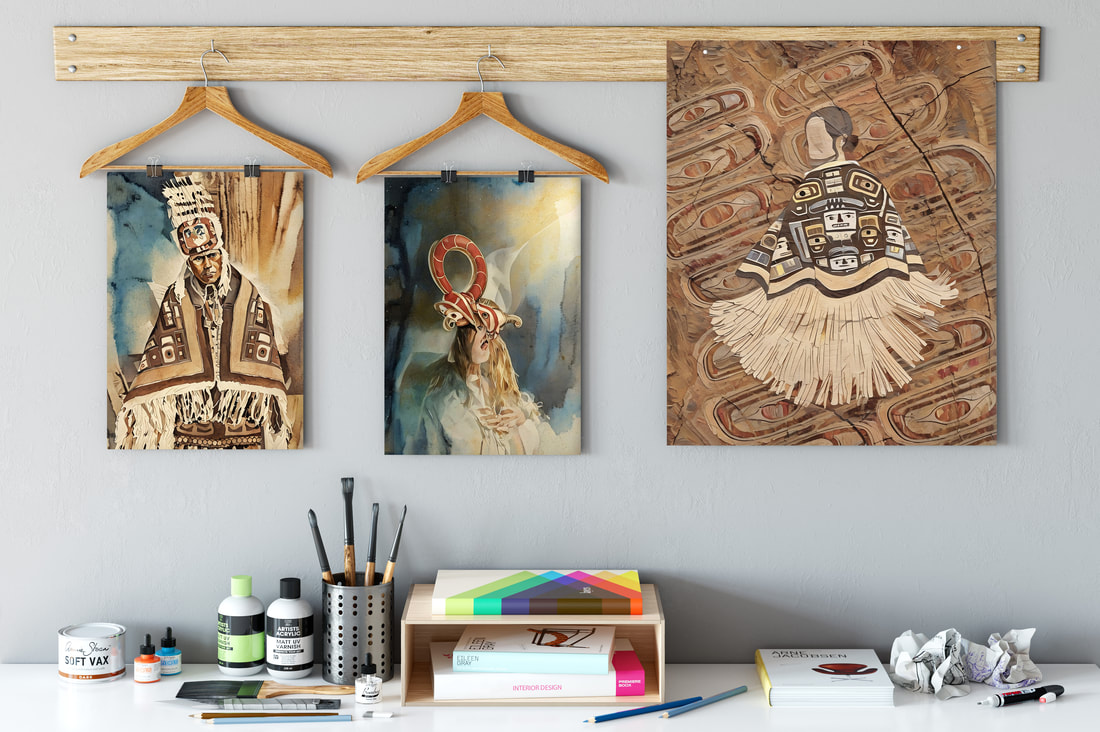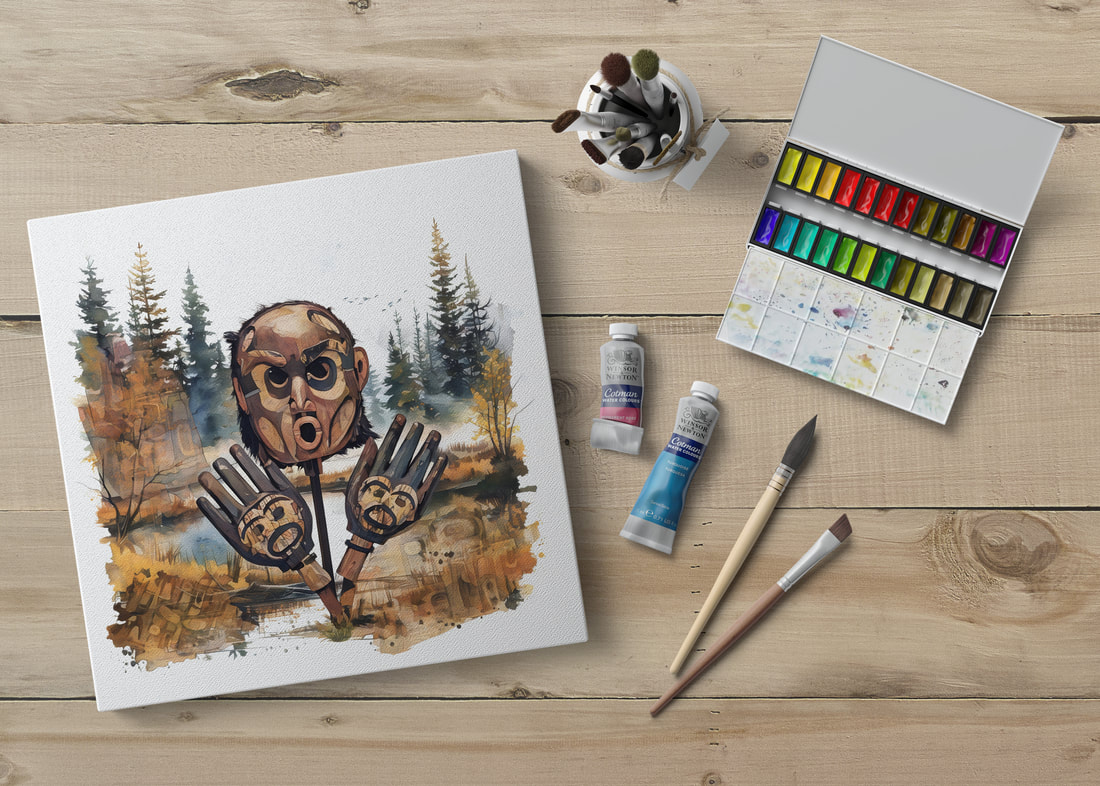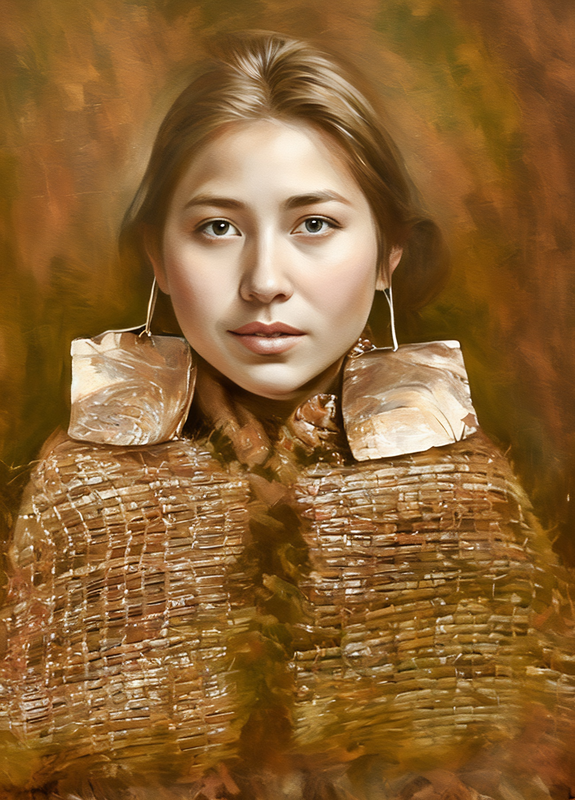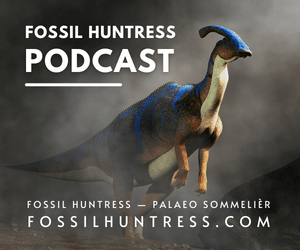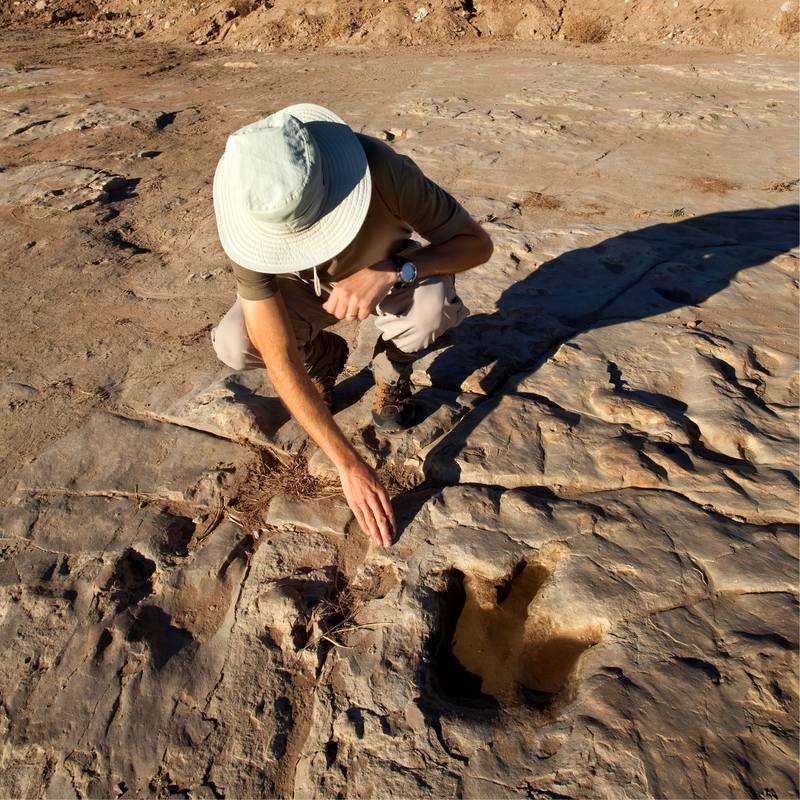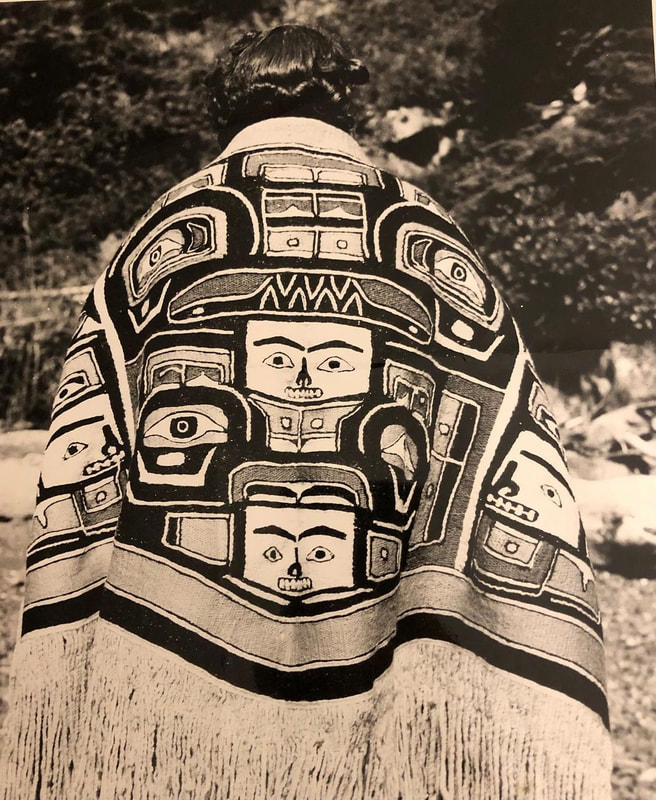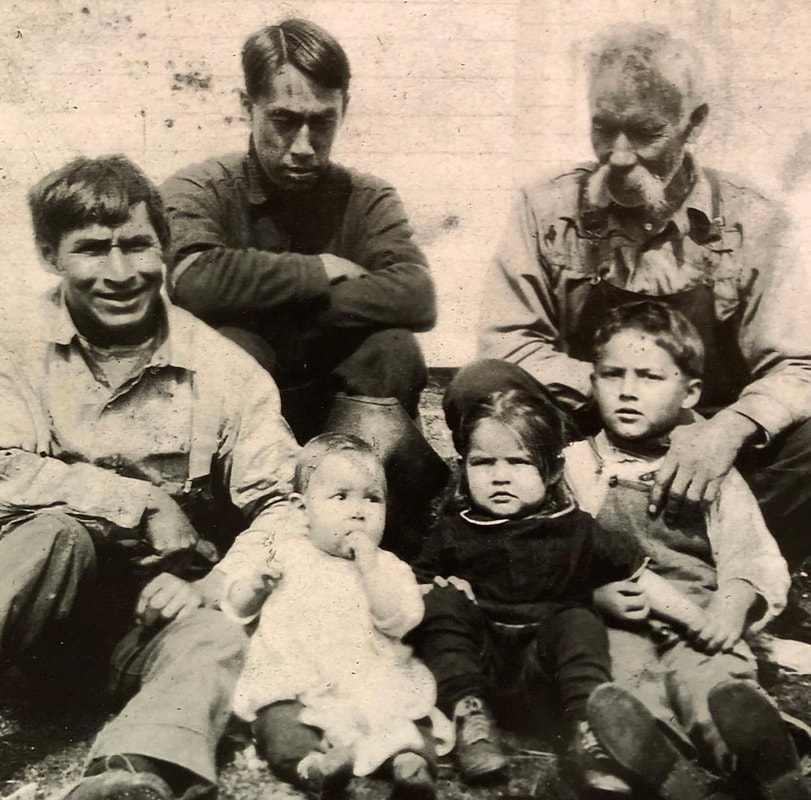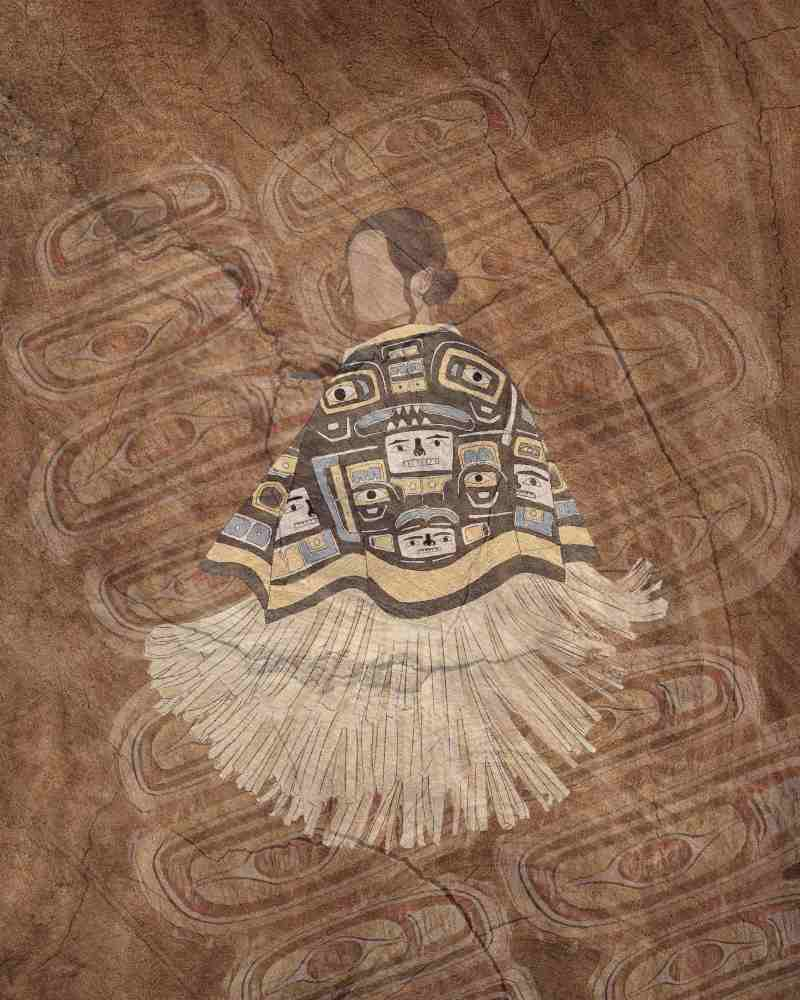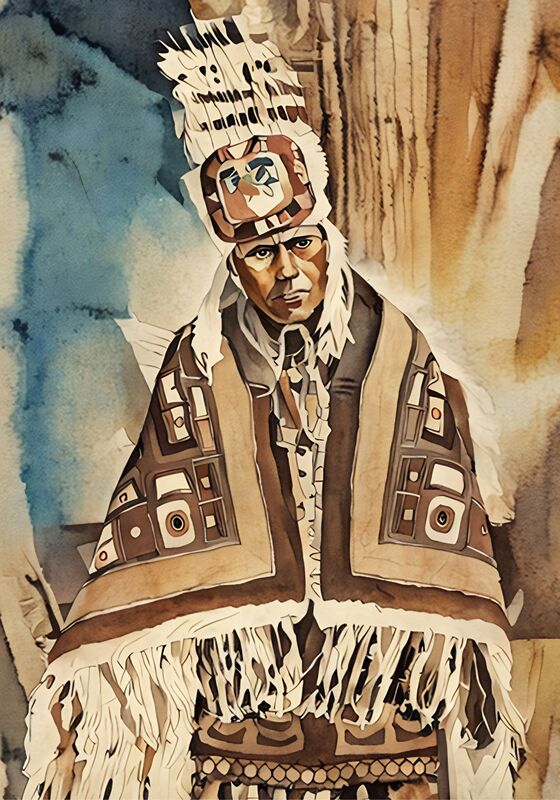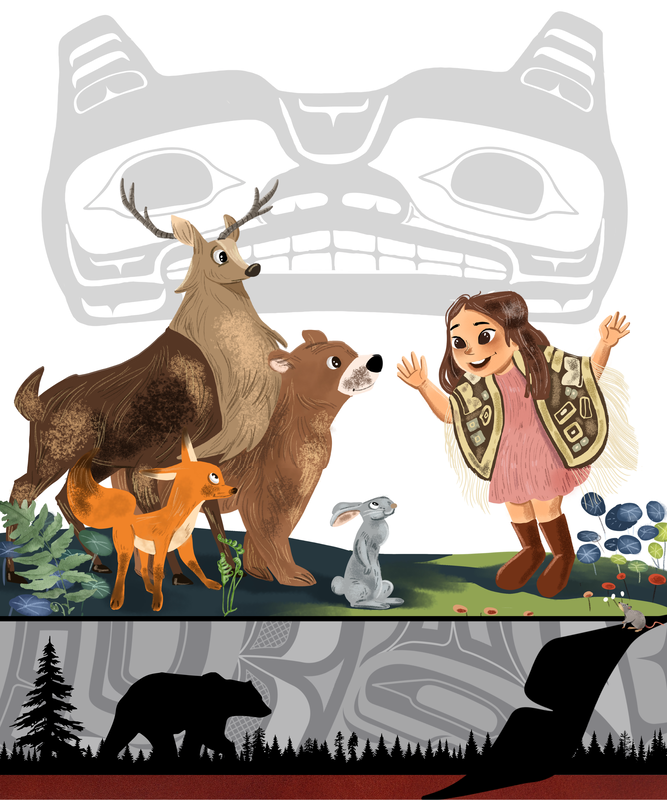BC'S FOSSIL BOUNTYWe live in a diverse province edged by mountains, ocean, forests and streams. While our lens is often on the rugged beauty all around us, beneath our feet is yet another world.
Layers of rock hold fossils, each an interface to our deep past. Within each fragment, these ancient beings whisper their secrets, share their life experiences, tell us tales of community, how they made a living, who they rubbed shoulders with (or fins, or seedlings...) and convey the essence of a world long embedded in stone. Join me as we explore the rich fossil bounty of fossil plants, dinosaurs to mighty marine reptiles and the people who unearth them. Discover British Columbia's violent past — how plate tectonics, volcanoes and glaciers shaped the land and why we find plant fossils along the Kitsilano foreshore and marine fossils beneath False Creek. Learn about the science of geochemistry from a palaeontologist who uses fossil teeth to reconstruct ancient environments. Meet those who call Vancouver home and use this beautiful base for their mining explorations — opening up BC and communities through partnerships that honour First Nations wisdom, show a commitment to social responsibility & sound environmental practices. Hear from palaeontologists, geologists, geochemists, palaeoanthropologists, citizen scientists, dinosaur docents, palaeoartists and fossil preparators whose work brings our ancient world to life. Palaeontology — Voices of HistoryClose your eyes & fly with me as we head out together to explore Earth's rich history written in her rock. Travel to extraordinary places, sacred sites & unearth mysteries millions of years old on the Fossil Huntress Podcast.
This stream is for those who share an enduring passion for our world's hidden treasures, its wild places & want to uncover her beauty stone by stone. This is the story of the making of our Earth and the many wonderful creatures who have called it home. Fuel Your CuriosityFancy a read? Check out the the geeky goodness on ARCHEA — musings in natural history meant to captivate, educate & inspire.
You'll hear stories about our world and all its wonderful creatures — living and long extinct. We'll explore the world together as time travelers, dinosaur wranglers, guardians, conservationists & witnesses to history. ARCHEA offers up quirky, engaging, original content that mixes science, history and First Nation wisdom, language & culture — served up fresh. Fuel your curiosity. Get inspired to get outside. Deepen your travel and enrich your world. ANISALAGA — the All-MotherAnisalaga / Anis'laga / Ansnaq / Anain / Anéin / A'naeesla'ga / Mary (Ebbets) Hunt held many names. Her given Kwak'wala name was Musgemxàala. She belonged to the Raven/Yéil phratry of the Gigalgam Kyinanuk Tlingit of Tongass. Anisalaga is the blood that binds all the Hunts, Hendersons and more than 1,200 cousins on the West Coast of British Columbia.
Anisalaga was a descendant of the Head-Chief of Wrangell (Anisalaga's father's father) and Chief Shaawatshook'u Eesh Keishíshk' Shakes IV (her mother's father), whose wife was S’eitlin II, a Deisheetaan of the Raven moiety whose principal crest is the Beaver/S'igeidí, Gaanax.ádi Drifted Ashore House, Xutsnoowú (a.k.a. Xudzidaa) Ḵwáan, Brown Bear Fort (Burnt Wood Tribe) of the Hootchenoo from Aangóon which roughly translates in Łingít to "isthmus town" of Admiralty Island, Lingit Anni, Alaska. Anisalaga's mother was Aanseet, Chief-of-All-Women, Drifted Ashore House and Chief Ebbets Andáa Neakoot/Nenkoot, Teikweidi Shaanax Hit, Valley House, Taanta Kwaan, was her father. The Chief Ebbets Pole (the Dogfish Kootéeyaa Pole) was erected in 1892 in Old Tongass Village for her father then moved, re-carved and re-painted at Saxman Totem Park in 1938. An RFP went out in early 2022 to have this pole re-carved. Anisalaga's mother, Aanseet drowned on the Nass River in 1870. Two memorial poles were raised in her honour — one in Old Tongass Village, Alaska, Princess-Shining-Copper (that was stolen and taken to Seattle to stand in Pioneer Square) and one in Tsaxis, Fort Rupert, raised by Anisalaga to overlook Beaver Harbour. I grew up a few hundred feet away, just up the hill and less than 20 steps from Anisalaga's grave. My father (through whom I get my Tlingit Kwakiutl blood) moved my Norwegian mother here when they left the float camps up the coast. I lived in Fort Rupert and later moved to M&B subdivision in Port Hardy. My strongest memories from childhood are playing on the beach and hillside with my sister—walking in our ancestor's footsteps. Anisalaga's childhood would have been much harder. She had five siblings, Yaashút' (her brother who died in 1876), her sister Gaachnéin married Kucheesh III, her sister Abbie (Atk'géigee) married W. H. Bond, her brother Keenanúk married Xanséek and her sister Kéilsháawat married Xaashgáaksh II. At the time of her birth in 1823, life was very different in Tongass, Lingit Anni, now Alaska. The Russians still controlled much of the coast and had not yet negotiated its sale to the USA. Anisalaga was a skilled weaver from a long line of Chilkat master weavers — some originally Tsimshian of Wrangel now family through marriage. When she was fourteen, she was put in seclusion according to Lingit tradition. A painter was engaged to create a Naaxein pattern board behind where she worked. A female elder described the figures as Anisalaga wove them into her own Naaxein/naaxiin. They might be a Raven/Yéil with a pronounced beak, paired on each side, the Killer Whale/Dakl'aweidi/Kéet underneath and a Grizzly-Bear/Xóots in the centre with faces of other bears to illustrate the Bear Mother story or include other designs — but always with a central family crest figure showcased for when the robe was danced. She was taught to prepare all of the materials for weaving — gathering cedar bark, gathering and dyeing of mountain goat wool with bark, lignite, wolf moss Evernia vulpina and copper. Over the years, she grew famous for her Chilkat weavings — an art the evokes the smell of smoke, the beating of the drum, the shared singsong voices of the Winter dances. She guarded her Chilkat learnings closely but shared with family. She worked in yellow, turquoise, black and white — including an abstract design in the bottom corner that is her kwéiy/signature. Her Chilkat weaving, now famous, were photographed by Edward Curtis and Franz Boas, the father of ethnography, who worked with her and her children, particularly her first son George Hunt. Anisalaga married Robert Hunt at Fort Simpson at Lax-Kw'alaams on the Nass River. They lived in the north then relocated to Fort Rupert where they had eleven children — seven daughters and four sons. Mary wove a Naaxein Chilkat blanket for each of their children. Their second son, William, married Annie Wilson, Kwakiutl, Smoke of the World, and together they had (Robert) Vivian Hunt, my great grandfather. The Chilkat you see my grandmother Betty dancing comes from William to Vivian to her. It's sister blanket woven for Jane Charity is held in collections at the Museum of Anthropology in Vancouver. Anisalaga brought Tlingit songs, stories and the Chilkat weaving tradition from the north to the coast. Through the Ravens of Tongass, her marriage and move to Fort Rupert she brought Kyinanuk totem pole carving traditions to both Tsaxis, Fort Rupert and Namgis First Nation cousins in Alert Bay — influencing the use of the Thunderbird, the Raven, the Sun, Ts'o'noqoa, Sisiutl and Sea Lion. A replica of Anisalaga's (du tláa/abas) mother's Princess-Shining-Copper Tongass Kootéeyaa pole — erected on her mother's grave at Tongass, Lingit Anni, now southern Alaska — was raised in Tsaxis, Fort Rupert as a visual symbol that the Hunt family equally honoured both Tlingit and Kwakwaka'wakw. North and South had found their peace. The Hunts you meet on the west coast are her descendants and my family. In 1992, Uncle Hutch Hunt, Auntie Gloria, Uncle Bill Hunt, Irene Hayman, cousins Lily Alfred, Leslie Hunt, Corrine Hunt along with Wayne Alfred Hunt & William Wasden went to Ketchikan to visit Chief Shakes IX, Jonathan DeWitt (Uncle Cookie), younger brother of Charlie DeWitt. They enjoyed a feast at the home of Forestt DeWitt. Many potlatches/ku.éex' have been held to gather the descendants of Anisalaga & Robert Hunt — now more than 1,200 hundred strong. Our beautiful cousins from the north, including Chris Makua and J.K. Samuels and his sister Louise, joined us for those feasts. We held a potlatch and pole raising in 2013 in Tsaxis, Fort Rupert to honour Anisalaga, our All-Mother. ANiSALAGA — The All-Mother
PRESERVING LANGUAGE & HERITAGEDancing Chilkat is a photograph of my beautiful grandmother, Elizabeth Alberta Henderson neé Hunt dancing her Naaxiin Chilkat Blanket passed down to her from Anisalaga, to William Hunt, then Vivian Hunt, then my grandmother. It is one of the few that remains with her descendants.
One of the reasons the hereditary crests passed to William remain with family is that he spent most of his adult life as the Lighthouse Keeper at Scarlett Point on Balaklava Island off Port Hardy. While Franz Boas and others were collecting from those on the mainland, or having George Hunt (William's elder brother) negotiate on his behalf, William was stubbornly isolated on an island. William married Annie Wilson of the Kwakiutl and together they had Thomas Edwin (Tommy Hunt) and Vivian Hunt, my great grandfather. Both boys were born on that island. Vivian became the Lighthouse Keeper after William. I knew Vivian growing up and many folk living today remember his bright smile and how he would row into town for supplies. He would visit us in Tsaxis where we lived up on Wally's hill then later in Port Hardy, also up on a hill, in the subdivision near Robert Scott Elementary. If you have romantic notions about what it means to be a lighthouse keeper (I certainly did), read Donald Graham's wonderfully researched work, Keepers of the Light. The stories I was told were exciting but did not impress upon me the hardships endured. All lighthouse keepers are resilient but our earliest lighthouse keepers were made from sturdy stuff, indeed. My grandmother Betty was born and raised on that island, as was my father, Gordon Frederick Henderson. It is one of the reasons so many Lingit words remained within our family as it was the language spoken at home along with Kwak'wala — blended with English in community. |
NATURAL HISTORYAs a science communicator, I integrate natural history, earth science, palaeontology, conservation and First Nation stewardship, along with Indigenous language and lived history into educational materials.
TRACKING THEROPODScultural heritageNorwegian-Canadian Kwakwaka'wakw & proud citizen of the Central Council of Tlingit & Haida of Alaska living in British Columbia — with a deep sense of pride & responsibility for both my Norwegian & First Nation heritage.
GRANDMA BETTY HUNTKeepers of the lightPhoto above: Circa 1926 (Robert) Vivian Hunt (1895-1985), Thomas Edwin (Tommy) Hunt (1892-1930) and William Hunt (1866-1952) with Vivian's children, Marie Annie Ellen Hunt (1925-1981), Elizabeth Alberta (Betty) Hunt (1923-2010) and William Jesse Hunt (1921-1940).
The cutie in the black dress is Betty, my grandmother. She is the one you see dancing her Chilkat Naaxein. The photo was taken by Agnes Hunt Cranmer, one of the first family members to have a camera and so became the designated photographer. The images were both taken on Balaklava Island about twenty years apart and more than 80 years ago. The photo was shared by my cousin John Lyon. He has many great tales about my Grampa Vivian, my Uncle Doug and my Grandmother Betty. John descends from Anisalaga's daughter & William's sister, Sarah Hunt Lyon. My Grandma Betty's sister, Florence Vivian Hunt (1927-1981), is not shown in the photograph as she was born the following year. We lost both Aunty Florence and Aunty Mary, Marie Annie Ellen (1925-1981) too soon. They went salal berry picking, nak'wal, to make dried salal berry cakes, nakwadzu, and were killed in a car crash — breaking all our hearts. The Chilkat you see being danced in the painting below is the one Anisalaga wove for William. It was passed down to his son Vivian and then to my Grandma Betty—and still in our family today.
William married Annie Wilson, Kwakiutl, Tsaxis, Fort Rupert, Smoke of the World, Turtle Island, British Columbia, Canada. They had two boys, Tommy Edwin (Tommy) Hunt, and my great grandfather, (Robert) Vivian Hunt. Vivian & his wife Irene had six children — Marie Annie Ellen (Aunty Mary), William Jesse, Florence, Robert Thomas (Uncle Bob), James (Jim) George — and my grandmother Elizabeth (Betty) Alberta Hunt. Uncle Willy (William Hunt) was the Lighthouse Keeper on Balaklava Island off Port Hardy. My father Gordon Fredrick Henderson was born on Balaklava and it was my great grandfather, Vivian, who served as the midwife for him and his siblings — as was the tradition. Vivian used to jest that he'd learned how from a little book. Vivian became Lighthouse Keeper after William. He used to row twenty-one kilometres into to town to visit us every month, bringing his bright smile, quiet laugh and wonderful stories. It is heartwarming to speak to those who knew him. We called him Grandad Smiley, as he always wore a warm smile. Remarkably, he was born in 1895 and lived to be 90 years old. The First Nation Foundation, an initiative by my Wil'nat'al (Matrilineal cousins) who are working to uplift our communities through cultural awareness, learning, healing and equity.
Each of us shares a relationship with the Earth and with each other. We love and respect our world, its animals and its people. Sharing these stories deepens that connection.
It is my hope that strengthening that connection will inspire all of us to be mindful, to take better care, to lift each other up and to do our best to shield and protect our world so it can survive and thrive. Kwagu'ł into the Mist. This is the Cadwallader Chilkat woven by Anisalaga (Mary Ebbets Hunt) for her daughter Jane Charity Hunt (Born 1873). She is the little sister to William Hunt through whose line I descend.
Jane married Harry Tennyson Cadwallader (1874-1932). Together, they had three daughters, Francis, Edna Leonora, and Annie Beatrice; and four sons, Clarence Chester (Nick), Walter, Calvin, Robert Stephen Eugene and William Isaac. Their son William Isaac married Bernice Crystal Spencer. It was their son George Allan (Dusty) Cadwallader who inherited the blanket and eventually donated it to the Museum of Anthropology at the University of British Columbia, Vancouver, British Columbia, Canada. The Chilkat has taken a new name as MOA ID Number: A17007. It was last danced at the Isaac Family Potlach in Alert Bay, 'Ya̱lis, in May 2018 & will be danced again. I got to spend some time with the Chilkat to do studies this past year. This piece is the result. The mist is the unknown, the veils that lift as we take our steps forward. The figure you see is at once my Grandma Betty and also Jane Charity. It is an invitation to walk with our ancestors, hi'helus, into a future of possibility. |
Gilakas'la. Gunalchéesh. Tusen Takk ❤️
